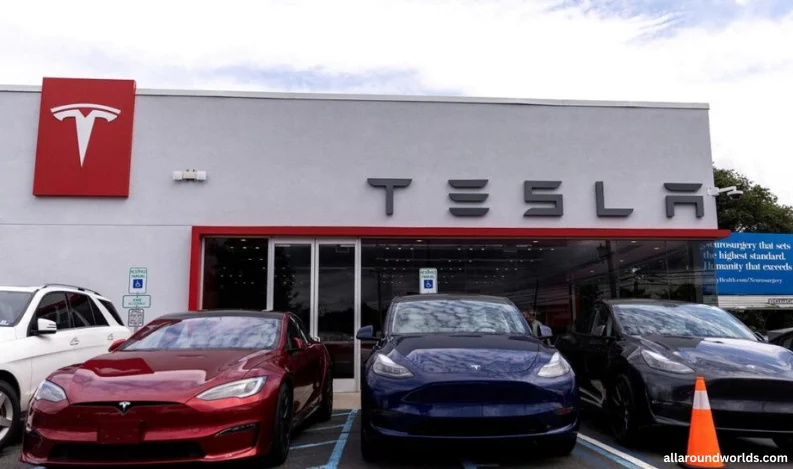
Tesla’s India Entry: How Much Will Its Cars Cost After Import Duty Cut?
Elon Musk’s Tesla is making steady progress toward its much-anticipated entry into India. The company has officially started its hiring process, recently posting a job opening for a Consumer Engagement Manager in Mumbai. This marks a significant step in Tesla’s plans to establish itself in the Indian market.
A recent report by global financial services firm CLSA has shed light on how much Tesla’s cars are likely to cost in India, even after a reduction in import duties. While the government has lowered tariffs to encourage EV adoption, Tesla’s pricing is expected to remain on the higher side.
Tesla’s Pricing in India After Duty Reduction
Even with the revised import duty structure, Tesla’s most affordable model, the Model 3, is expected to cost between ₹35-40 lakh in India.
According to the report:
- The Tesla Model 3 currently retails at $35,000 (₹30.4 lakh) in the U.S. at the factory level.
- With a reduced import duty of 15-20%, plus road tax, insurance, and other local costs, the on-road price in India would rise to approximately $40,000 (₹35-40 lakh).
This price tag would place Tesla’s entry-level vehicle well above domestic electric car models, making it a premium option rather than a mass-market disruptor.
Will Tesla Challenge Indian EV Makers?
While Tesla’s arrival in India is highly anticipated, its pricing suggests that it may not pose an immediate threat to domestic manufacturers like Mahindra, Hyundai, and Maruti Suzuki, which offer more affordable EVs.
- The report notes that Tesla’s pricing will likely be 20-50% higher than competing models such as Mahindra XUV 9e, Hyundai e-Creta, and Maruti Suzuki e-Vitara.
- Given that the adoption of EVs in India is still in its early stages, Tesla may struggle to gain a significant foothold unless it offers more competitively priced options.
Local Manufacturing: The Key to Affordability
The report emphasizes that Tesla will need to set up a manufacturing facility in India if it wants to bring down costs and expand its market share.
- Under India’s revised EV policy, Tesla could qualify for a lower import duty of 15% on up to 8,000 units per year if it commits to an investment of ₹4,150 crore ($500 million) in setting up a local plant.
- Without a domestic factory, Tesla’s vehicles would remain significantly more expensive than locally produced alternatives.
A comparison with the Indian motorcycle market highlights the challenges Tesla could face. Harley-Davidson’s X440, priced 20% higher than Royal Enfield’s Classic 350, sells only 1,500 units per month, while the Classic 350 sells around 28,000 units monthly. This suggests that Indian consumers prioritize affordability over brand value, which could limit Tesla’s reach in the country.
What’s Next for Tesla in India?
- Tesla’s initial launch is expected in Delhi and Mumbai, where the company will introduce its first models.
- Hiring in India has already begun, signaling that Tesla is actively setting up its local operations.
- A decision on local manufacturing will be critical to determining how successful Tesla can be in India.
The Bottom Line
Tesla’s entry into India is a major milestone, but pricing remains a key challenge. Even with lower import duties, Tesla’s cars will likely remain expensive for the average Indian buyer. If the company wants to compete with domestic EV makers, investing in local production will be essential.



Recent Comments: